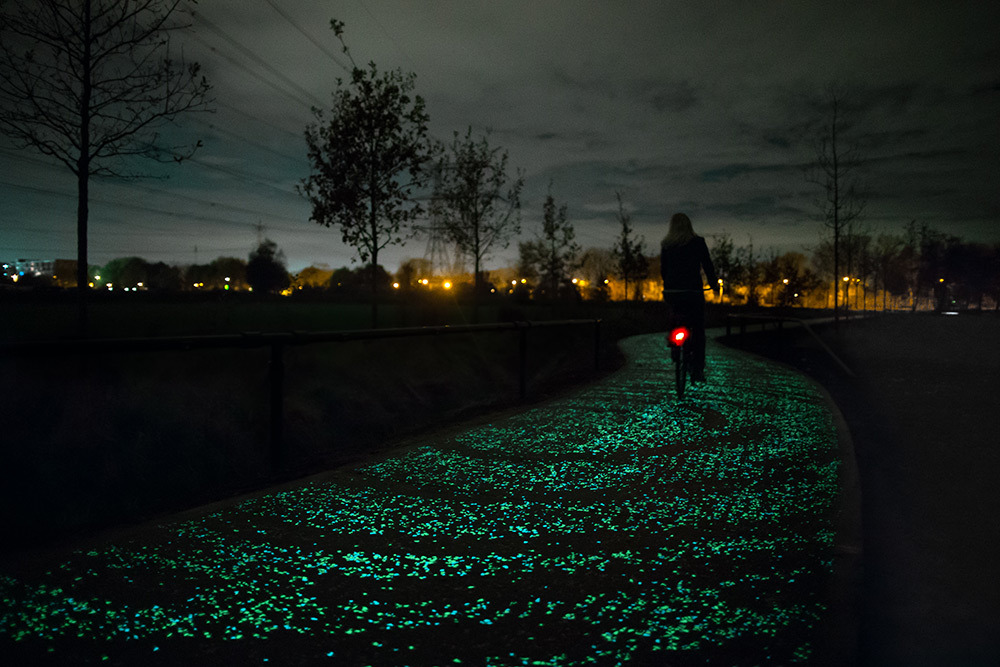 Although the renewable energy market in the Netherlands is still very far from reaching its full potential, the small western European country has embraced energy efficiency as an important part of efforts to protect the environment and ensure a sustainable future. The latest project involving renewable energy generation is based on one of the most typical Dutch experiences – cycling. Among other things, the Netherlands is famous for its cycling culture, with over 15 million people bicycles and about 21,000 miles of bike paths.
Although the renewable energy market in the Netherlands is still very far from reaching its full potential, the small western European country has embraced energy efficiency as an important part of efforts to protect the environment and ensure a sustainable future. The latest project involving renewable energy generation is based on one of the most typical Dutch experiences – cycling. Among other things, the Netherlands is famous for its cycling culture, with over 15 million people bicycles and about 21,000 miles of bike paths.
The immense popularity of bicycles in the Netherlands is exactly what SolaRoad – a new project for collecting solar energy – intends to use in order to improve energy efficiency in the country and increase production of energy from renewable sources. The SolaRoad project was developed by TNO (Netherlands Organization for Applied Scientific Research), and it’s based on the idea of converting bike paths into solar collectors. It is set for launch later this week, with a bike path that can generate electricity which will be transmitted onto the national power grid.
The test path is installed in the town of Krommenie, near Amsterdam, and consists of 8.2 x 11.5 feet concrete modules with solar panels embedded in them. It’s a 230-feet long lane, and each concrete slab is covered with two layers of tempered glass, and each square foot can generate up to 70 kilowatt hours of electricity per year, which TNO says is enough to meet the energy needs of two Dutch households. The installation and maintenance costs for the 230-foot stretch, will be around $3.7 million, and the project is supposed to run three years.
At the beginning, the electricity generated by the bike path will only be funneled into the power grid, but eventually, it will be used to power electric cars, street lights, and traffic lights, as well as homes and commercial buildings.
“A solar energy road will offer a unique chance to integrate different functions into the road surface. Sensors gathering information about traffic circulation can help improve traffic management, or even allow automatic vehicle guidance. Other possible functions are variable road markings, ‘tag-along’ LED-lights and heating in winter. And eventually, a system for wireless energy transfer to vehicles”, TNO says in a press release.
With so many different applications, the Windy System could be a very cost-effective way of harvesting solar power, despite the high installation costs.
As far as drawbacks – which every emerging technology has – are concerned, the main disadvantage of the Windy System is that the solar panels embedded under the surface of the bike path have a relatively low efficiency rating, and can only generate about 30 percent of what conventional roof-mounted solar installations can produce, due to the angle they are positioned at, with practically no degree of inclination. On the other hand, solar-cell paved roads provide a much larger surface area than rooftop solar arrays, and the costs for connecting them to the power grid are significantly lower, as well, as Sten de Wit from TNO explains, so this solution could be economically viable. Also, the price of solar cells continues to go down, so building solar bike paths will not be as expensive in the future as it is now.